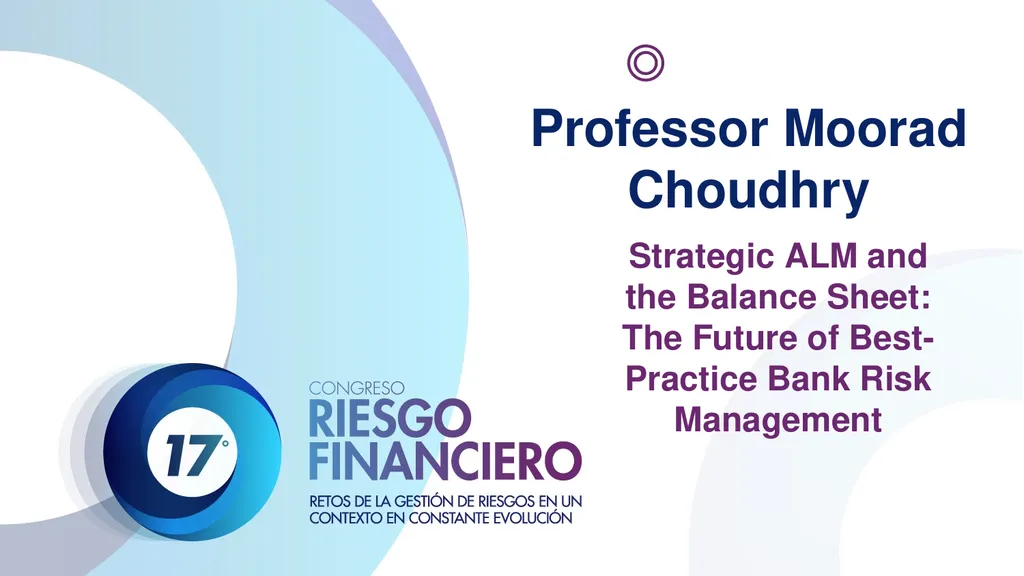
Professor Moorad Choudhry Strategic ALM and the
Author: danika-pritchard | Published: 2025-05-28
Description: Professor Moorad Choudhry Strategic ALM and the Balance Sheet: The Future of Best-Practice Bank Risk Management The market enviroment The market environment is creating a three-dimensional optimisation challenge for banks or at least,
Download Presentation
Download the PPT/PDF: Download
Transcript:
Loading transcriptÖ